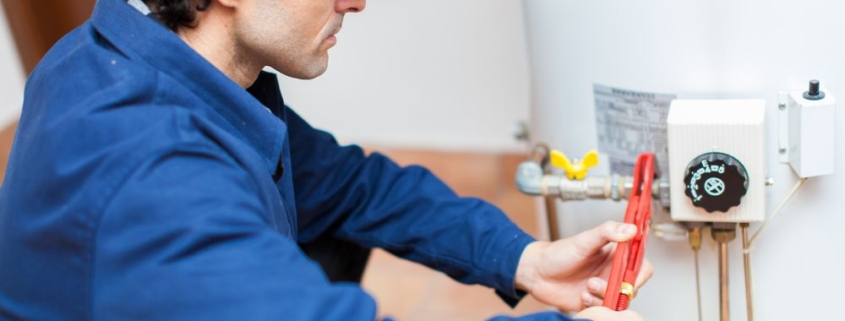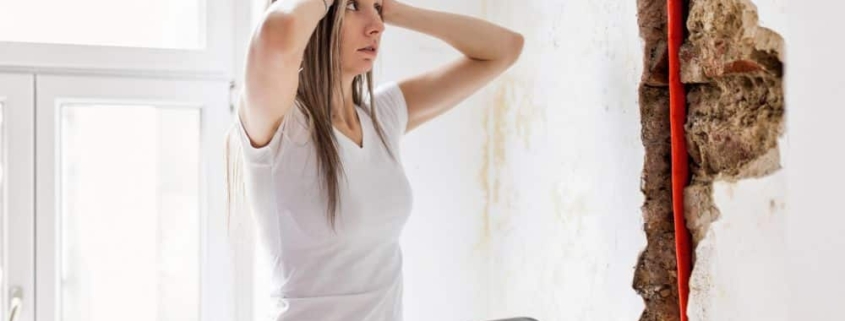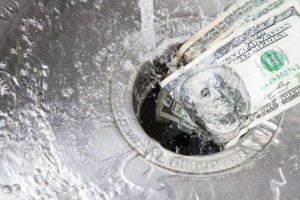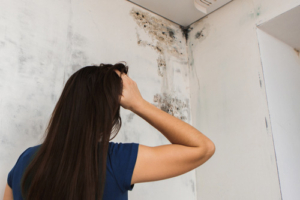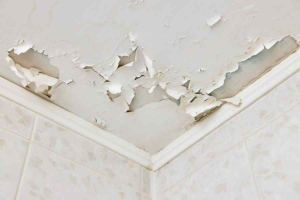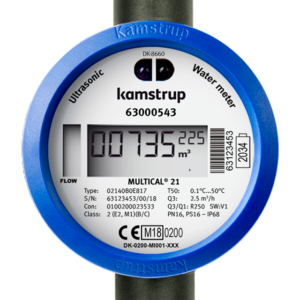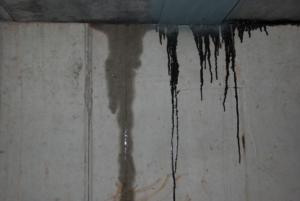The majority of homes include common devices like water heaters. This is so because the water entering your home travels through a pipe system and is often either frigid or cool, depending on the season. You need a water heater to have warm enough water to wash your clothes, take a bath, or shower.
They usually reside in basement and resemble large metal cylinders. Tankless water heaters, which offer endless hot water on demand, are one of the noteworthy features of more recent types. Yet the typical, dependable water heater model essentially consists of a drum filled with water and has a heating mechanism on the bottom or inside.
A water heater may operate more effectively and last longer in a number of simple and low-cost ways. The advantages of maintaining your water heater are obvious. Insulation can cut water heating expenses by as much as 9% and reduce heat loss by up to 45 %. The tank’s effectiveness and longevity are increased by flushing out the sediment.
Simply follow to these hot water heater maintenance suggestions to reduce the cost of your hot water:
- Check Your Work: Close the shutoff button on the water heater’s cold water supply line. The pressure inside the heater’s tank will then be released by turning on any tap that has hot water. Keep the tap running until you are done. Turn off the electricity at the main panel if you have an electric heater. Turn the gas control dial to “off” on a gas burner.
- Do a Mini-Flush: Remove sediment from the tank’s bottom to stop rust and corrosion, which will also increase the appliance’s energy effectiveness. Although flushing the water heater tank completely is ideal, doing so requires turning off the water heater. A mini-flush is effective, quick, and can be carried out while the water boiler is operating.
- Test the Valve: On the top or side of the water heater, the pressure-relief valve should be tested. When the pressure inside the tank rises, this valve opens immediately. Place a bucket beneath the water heater tank’s discharge pipe and slightly lift the pressure-relief valve’s lever to test it.
LOOKING FOR A HOT WATER SOLUTION OR TANKLESS WATER HEATER REPAIR IN ILLINOIS?CALL (847) 624-3872
- Replace the Valve (If Necessary): Replace the valve if it doesn’t release water when you raise the lever. Turn off the water, empty the tank, remove the discharge line, and then unscrew the old valve to replace it. The replacement valve’s threads should be taped with sealant before being screwed in. Your valve might leak if it has been in use for a while without being checked. Replace the valve if that is the situation.
- Dial Down the Temperature: The standard installation setting for water heaters is between 130 and 140 degrees Fahrenheit. Lower temps, however, reduce the possibility of scalding and delay the buildup of mineral deposits in your water heater tank. Turn the temperature gauge on a gas water heater’s gas valve to 120 F to reduce the water’s temperature. You might have to take out a tiny metal panel covering the thermostat on an electric water heater in order to reduce the water temperature. Both a higher and a lower thermostat are common in electric water heaters. If your thermostat has two settings, set the lower one to the same temperature as the higher one.
- Check the Anode Rod: Connect a hose to the drain cock on the tank and release a few liters of water. Now screw the rod out from the top of the radiator by inserting a 1 1/16-inch socket into the rod’s hex head. Purchase a replacement, cover its threads with Teflon tape, reinstall it in the tank, and tighten tightly if it is less than 12 inch thick or covered with calcium. If there is little space above the tank, use this segmented rod.
- Insulate the Pipes: Buy some 3/8-inch thick, self-sticking foam pipe insulation that fits the pipe lines’ diameter. As far as you can, slide the foam over the hot and cold water lines. Condensation in the heat can be avoided by insulating the cold water pipe. To seal the insulation, peel the tape off. Cover the conduit with 1-inch-thick unfaced fiber glass pipe wrap if it is 6 inches or less from the flue.
- Insulate the Heater: Cut the insulating material to fit around the tank’s pipes, TPR valve, and temperature control. Wrap the tank’s exterior and use foil tape to repair any cuts. Gas and oil stoves’ tops shouldn’t be covered. An extra-large circle of insulation should be used to cover an electric heater, and its border should be taped firmly to the tank’s side.
LOOKING FOR A HOT WATER SOLUTION OR TANKLESS WATER HEATER REPAIR IN ILLINOIS?

